Maintaining a garden is one of the best activities to undertake during the Springtime. Unfortunately for those who suffer from asthma or allergies, springtime gardening can provoke a lot of unwanted symptoms of asthma and may even trigger an asthma attack.
If you suffer from asthma but want to enjoy gardening, there are ways you can take to avoid running into any of your asthma triggers. Don’t let asthma stop you from enjoying the great outdoors — or even just your backyard.
Here are 5 tips for eliminating asthma triggers when gardening.
1. Wear Protective Clothing
Wearing long sleeves during the spring or summer doesn’t sound ideal, but sports sections have great clothing options that will help you stay cool and fresh no matter the coverage. Wearing long sleeves, as well as gloves, sunglasses, and even a surgical face mask if necessary will help protect your arms, hands, and face from asthma and allergy triggers like dirt, mold, and pollen.
2. Garden With Female Trees And Shrubs To Minimize Your Pollen Exposure
While most plants are both male and female, there are some plants called dioecious that grow either male or female. The female plants shed no pollen and if any pollen strays in from neighboring plants, the female plant will absorb and trap the pollen. Some of these trees and shrubs include: Cottonwood, Willow, Ash, Mulberry, Holly, Juniper, and Red Maple.
3. Stick To Potted Plants
If you’re not too sure about the whole “going outdoors” thing yet, you can always do a bit of gardening on your porch or patio by using potted plants. Not only is selecting pretty potts fun, it also gives your deck or house a beautiful touch. You can try planting allergen-ridding houseplants like Devil’s Ivy or English Ivy, Weeping Fig, Snake Plant, or a Peace Lily. Or for outdoors you can try succulents and cacti, begonias, bougainvilleas or lilies.
4. Get Low Pollen Lawn
The lawn you’re working on can have a lot of allergy triggers, so if you’re looking to garden, you may want invest in some fresh sod that produces little to no pollen. These allergy-free grasses include: Bermuda Grass Hybrids, Buffalo Grass, and St. Augustine Grass. If you can’t do this just yet, then keep in mind what the low and high pollen times are before going outside. For example, grass pollen is released from May onward, typically in the morning and then less as the day goes on.
5. Invite Wild Birds & Hummingbirds
When making a garden allergen and asthma trigger free it’s advisable to take all the help you can get, even from the wildlife! All you have to do is invite wild birds into your garden by placing feeders around the yard (just make sure the squirrels can’t get to it)! The birds won’t only eat the seeds in the feeder, they’ll also eat the insects in your garden, who’s damage and feces causes mold spores to spread throughout.
More Information
If you’re serious about getting into your garden this spring but are hesitant to get out there because of your asthma, make sure to try out these tips but always remember that the best way to manage your symptoms of asthma is through treatment and medication. So, before you get out there, make sure to speak to your pulmonary specialist about your asthma triggers. To learn how our pulmonary center can help you, or to book an appointment with one of our pulmonary specialists, contact us today!

